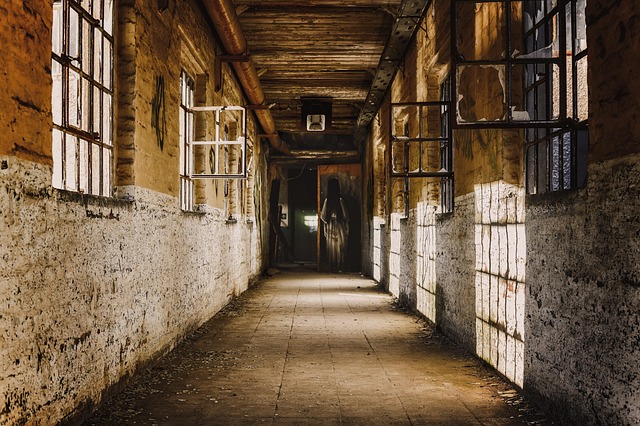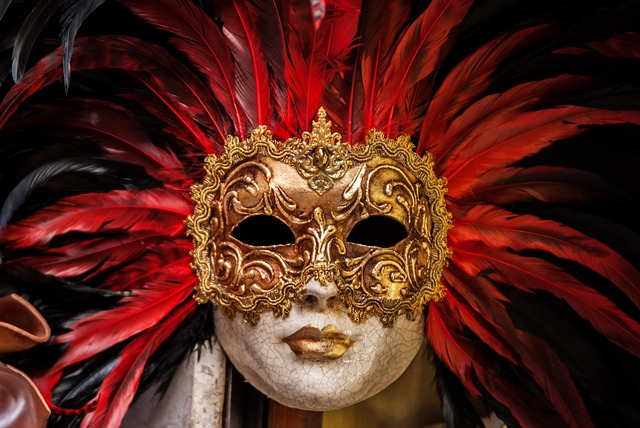
Exploring the Influence of Theatrical Traditions Across the Entertainment Industry
Theatrical tradition has long been a cornerstone of human expression, influencing numerous facets of the entertainment industry in profound ways. From the grandeur of live performances at concerts to the sheer magic experienced at festivals, these age-old traditions remind us of the power of storytelling and performance, intertwining the fabric of human experience. Each theatrical tradition carries with it a legacy, enchanting audiences and artists alike, and shaping the evolution of art forms across the globe.
In the realm of concerts, we see how theatricality infuses the music industry with excitement and drama. Many contemporary musicians adopt elements of theatrical tradition in their performances, utilizing elaborate stage designs, costumes, and choreographed routines to transform an ordinary concert into an immersive spectacle. Icons like David Bowie and Lady Gaga have not only captivated audiences with their music but have also put forth brilliant visual narratives that echo theatrical traditions, blurring the lines between concert and performance art.
Festivals, too, embrace the essence of theatrical tradition, creating vibrant spaces where diverse forms of art come together. They serve as platforms for various performances, including theater, dance, and music, often drawing from local folklore and cultural narratives. The electric atmosphere of festivals embodies the theatrical tradition, where audience and performers engage in a communal celebration of creativity and expression. Whether it’s a local arts festival or an international showcase, each event serves as a testament to the enduring influence of theater in shaping modern entertainments.
As we delve into cinema, the impact of theatrical tradition becomes even more pronounced. Filmmakers often draw inspiration from stage plays, incorporating narrative styles, dramatic dialogues, and character development honed through centuries of theatrical practice. Classic plays have been adapted into timeless cinematic masterpieces, allowing the themes and emotions rooted in theatrical tradition to resonate with audiences in a new medium. This adaptation not only enhances the storytelling but also keeps the theatrical tradition alive, reaching wider audiences through the powerful lens of film.
The music industry, often reflecting societal changes, also showcases the strong influence of theatrical traditions. Performance elements in music videos and live shows echo the dramatic flair of theater, often telling stories that resonate deeply with viewers. Artists channel their inner Thespians, using staging, lighting, and costume to elevate their message, producing a captivating narrative that amplifies the music’s impact on the audience. Even in genres like opera and musical theater, where music and drama coexist harmoniously, theatrical tradition remains crucial, reiterating the idea that performance art transcends boundaries.
Moreover, the incorporation of theatrical elements into online content, such as streaming concerts and video performances, illustrates a shift where traditional theatre adapts to modern technologies. Digital platforms allow artists to reach audiences who may never step into a physical theater. By leveraging the emotional resonance of theatrical tradition, performers can create impactful experiences that captivate even the digital audience, emphasizing that the essence of theater can flourish beyond the constraints of stage and space.
As we explore the influence of theatrical tradition across the entertainment industry, it becomes clear that this age-old practice is not merely a relic of the past, but a vibrant force shaping our contemporary experiences in concerts, festivals, cinema, and the music industry. The journey of theatrical tradition is a journey of innovation and continuity, reminding us of the beauty and creativity that arises from performances designed to touch the human soul.


